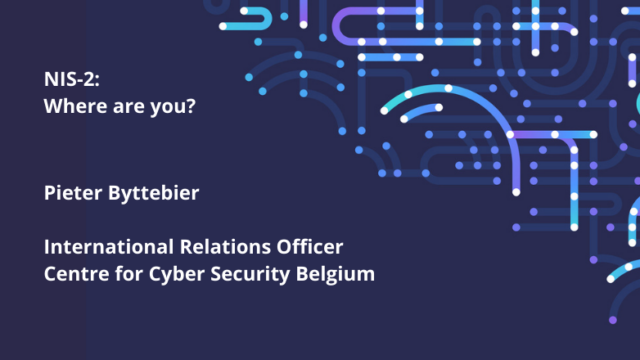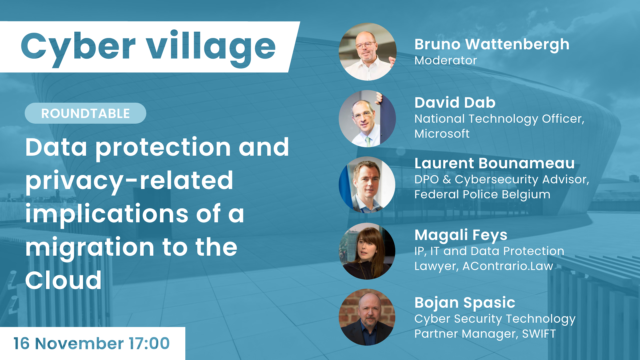It’s extortion, a crime!
In his ‘Manufacturing (In)security’ presentation, Charl van der Walt, Head of Security Research at Orange Cyberdefense, focuses particularly on some security aspects in the sectors of manufacturing and utilities.
It’s a crime
Straight off, van der Walt defines ‘cyber extortion’ as “a form of computer crime in which a corporate digital asset is compromised and exploited in a threat of some form to extort a payment.” As a result, ransomware is but one of many attack options, exercised by possibly several parties collaborating in an incident. Indeed, extortion is possible even without a technical attack, e.g., by simply threatening with (rather than executing) a DDoS attack. Understanding “it’s not about an attack, but a crime, helps to think more clearly about this problem, as the paths to extortion may vary.”
Attractive by sheer numbers
In the datasets of the report, ‘manufacturing’ companies are represented by far the most, with ‘utilities’ scoring a much smaller percentage. As the paths and attacker behaviour resemble those in other sectors, manufacturing does not appear to be specifically targeted, with the proportionally large number of incidents rather reflecting something about the companies in the sector. Nor do there appear to criminal actors that specialize in manufacturing or utilities. The criminals operate as a business, with efficiency, and opportunistically targeting the largest economies with the largest numbers of companies (and thus the largest number of potential victims), with a broad range of types of extortion. Though clearly most attacks and compromises still involve IT elements, rather than OT technology.
Theory of crime
Finally, van der Walt applies a theory of crime on why these sectors are hit in particular, in casu the ‘routine activity theory’. He considers the ‘motivated offender’ (looking for money), the ‘suitable victim’ (the VVIVA-characteristics are discussed) and the ‘lack of guardians’ (elements to prevent the crime). The characteristics of the victims appear to play a major role as to why manufacturing is heavily represented in de datasets of the report.
The presentation is further enlivened with a large number of questions.
👉 The ‘Security Navigator 2022’ report can be downloaded here.
👉 A summary paper on criminology and ‘Routine Activity Theory’ can be downloaded here.









